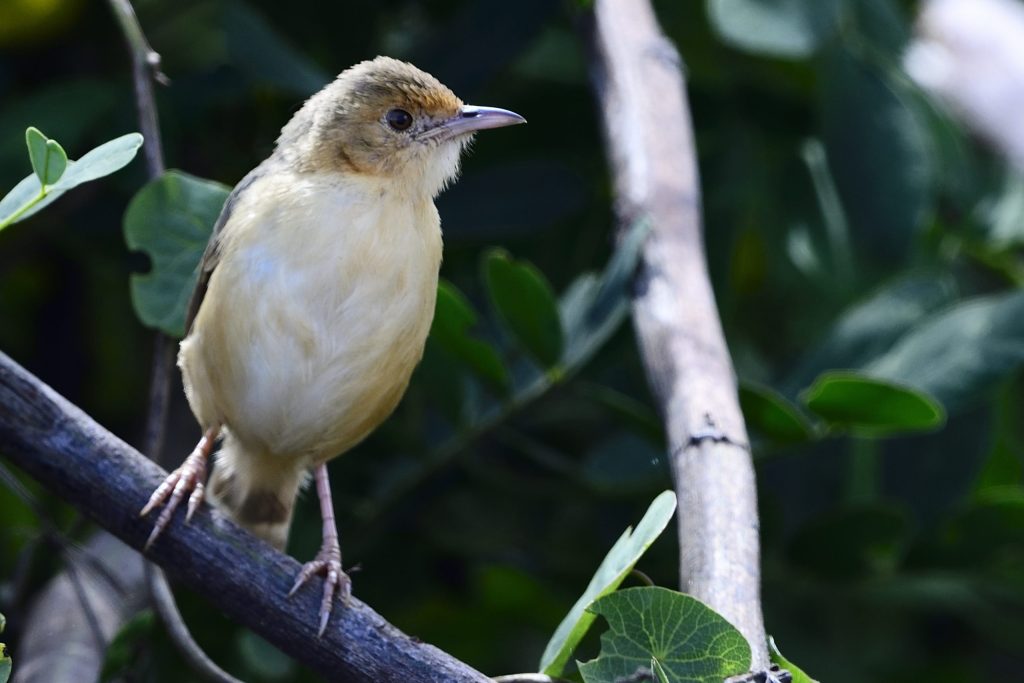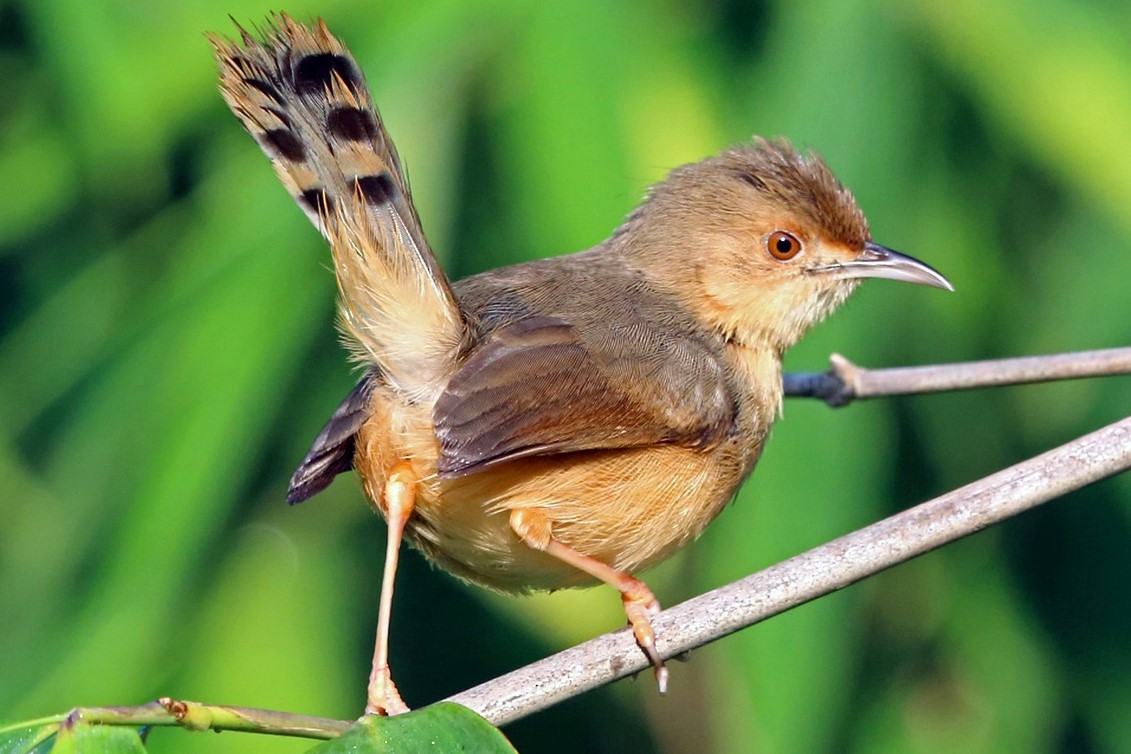Red-faced Cisticola: The Underrated Treasure in Uganda’s Birdlife.
Red-faced Cisticola in Uganda (Cisticola erythrops); Often hailed as the Pearl of Africa, Uganda is a hotspot of biodiversity, especially for bird enthusiasts. Besides being home to over 1,070 recorded bird species, Uganda boasts one of the best destinations for keen birdwatching. Among the many avian wonders stands the enchanting Red-faced Cisticola (Cisticola erythrops)-a small bird colorful and teeming with life that enchants those from other parts of the world who are drawn to this sport.
Introduction to the Red-faced Cisticola.
Red-faced Cisticola is a small but colorful bird belonging to the family Cisticolidae. Appropriately named, it has a bright reddish-orange face that offers good contrast with an olive-brown back and pale underparts. It measures about 10 to 11 centimeters in length and might be small but is vibrantly present.
This bird inhabits open areas and is often heard before being seen because of its melodious and repetitive calls. Insectivorous, its main sources of food include insects and spiders, actively foraged in the grassy habitats.
Where to See the Red-faced Cisticola in Uganda.
Red-faced Cisticola (Cisticola erythrops) is a common inhabitant of wetlands, grasslands, and open savannas across Uganda. The abundance of feeding grounds and nesting sites in safe refuge gives it an edge in these habitats. The Red-faced Cisticola is especially expected in some of Uganda’s key birding destinations, like the wetlands of Mabamba Swamp, the savannas of Queen Elizabeth National Park, and the grassy edges of Lake Mburo National Park. The bird could also be observed in comparatively open areas around Bwindi Impenetrable Forest. These ecosystems avail the bird an ideal mix of vegetation for cover and food availability.

Breeding and Nesting Behaviors.
One of the interesting life cycle behaviors of the Cisticola erythrops is breeding. During the breeding period, males are territorial and advertise for mates by aerial displays. These displays involve fluttering flights over their territory while uttering a series of melodious calls.
The nests are intricately crafted, using grasses and plant fibers with the addition of spider webs to weave a cup-shaped structure. Nests are mainly concealed in dense vegetation, such as grasses or shrubs, for protection against predators and adverse weather. Females lay between 2 to 4 eggs, which incubate for approximately a period of two weeks. Once hatched, both parents take an active role and participate in feeding the chicks to ensure their survival during the vulnerable early stages in life.
Life Span of Red-faced Cisticola.
The Red-faced Cisticola has a relatively short life, compared to other bigger birds. On average, this type of bird lives up to 4 to 8 years in the wild, depending on many factors like predation and quality of habitats, coupled with prevailing environmental conditions; Within such a short span, they make the maximum use of their life, raising multiple broods during the breeding season if the conditions are favorable.
Behaviour and Vocalization.
The Cisticola erythrops is social and highly vocal. It is usually seen in pairs or small groups, especially while foraging rather actively in the grasses and low shrubs. It has distinctive, cheerful calls, often described as a sharp “chit-chit-chit” or “twee-twee-twee,” usually uttered early in the morning and again in late afternoon. Such calls are important in territorial marking and in attracting a mate during the breeding season.

When to Spot the Cisticola in Uganda.
Birdwatchers can spot the Cisticola erythrops year-round, thanks to Uganda’s favorable equatorial climate. However, the dry seasons, which run from December to February and June to August, offer the best conditions for birding. During these times, vegetation is less dense, and the birds are more active and visible, particularly during their breeding displays.
Conservation Status in Uganda.
Red-faced Cisticola has been listed in the IUCN Red List, under the category of “Least Concern,” thereby suggesting that it is not considered to be in any danger of extinction at this time. However, like most wetland and grassland birds, it faces serious threats on account of habitat loss through agricultural expansion, urbanization, and climate change; Ongoing conservation efforts by Uganda in the protection of wetlands and grasslands are very critical in securing the future of this and many other species coexisting within these areas.
Why the Red-faced Cisticola is Special.
Although probably not as well known as the Shoebill or African Grey Parrot, this one has its own style with bright plumage and entertaining behavior; This little bird carries within itself the richness of Ugandan birdlife and is a show to behold for whomever gets the opportunity to see it. Cheerful calls and lively displays, that part of nature is reminiscent of the beauty and diversity within Uganda.

How to See the Red-faced Cisticola in Uganda?
Below are some of the Birding Safaris/Tours offered by Arcadia Safaris that you can book to see the Cisticola erythrops in its natural habitant in Uganda.
3 Day Mabamba Shoebill and Botanical Gardens Safari
10 Day Birding Uganda and Game Drives
21 Days Birding Uganda and Gorilla Trekking Safari
18 Days Birding Tour with Gorilla Trekking
Remarks on Red-faced Cisticola in Uganda.
The Red-faced Cisticola (Cisticola erythrops) will be one of the highlights of any birdwatcher’s exploration of various habitats that Uganda has to offer; From its bold reddish-orange face to melodious calls and intricately designed nest, this little bird is a treasure trove that waits to be unraveled; Whether you go for an easy stroll through Mabamba Swamp or the savannas of Queen Elizabeth National Park, watch out and listen for this cheery little bird.
To explore the beauty of Uganda’s birdlife, including the Red-faced Cisticola, book your birding adventure with Arcadia Safaris today and experience nature at its finest.












